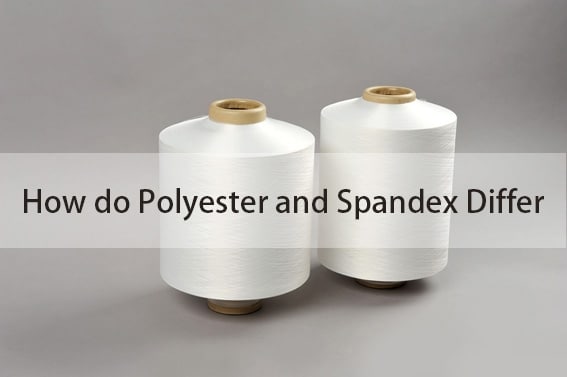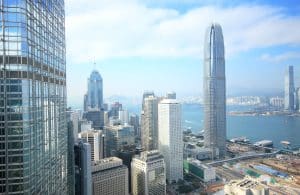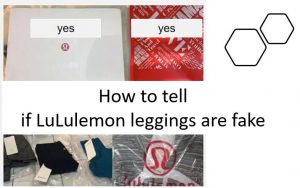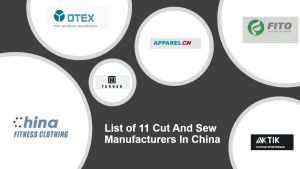Artificial textiles are man-made textiles generated with chemicals. Spandex and polyester are among them, which are used to manufacture clothing by factories. How do polyester and Spandex Differ? Read on to find more information about Polyester VS Spandex.
About spandex
The word “spandex” is based on the concept that the product is “expendable.” Spandex consists of a material that enables the product to extend as well as keep its shape. Spandex or Lycra was first introduced to the world by Shivers, a scientist at DuPont with ladies’ underwear and other underwear. Later, manufacturers broadened the uses to swimsuits, exercise attire as well. Now, this artificial textile is a regular choice for garments manufacturers.
About polyester
James Dickson as well as John Whinfield, two chemists from Calico printer’s Association developed Terylene, which is the world’s first polyester fiber after patented Polyethylene terephthalate. The item Darcon is a new polyester fiber form created by DuPont after they bought the rights to Terylene in the United States and continued researching the polyester fiber.
The usage of these two yarns can refer to the FAQ about Yoga Pants.
Which is better? Polyester or Spandex?
Strength: Polyester is better. The short fiber strength of dacron is 2.6 ~ 5.7cN/dtex, and the high strength fiber is 5.6 ~ 8.0cN/dtex. Because of its high strength, dacron is widely used in ropes, fishing nets, and other tools that require high strength.
Elasticity: Spandex is better. When stretched close to five to six percent, it can fully recover. Spandex is more elastic than polyester, it can extend five to seven times longer than the original length, so it is widely used in elastic pants. Like yoga pants and leggings.
Heat-resistance: Polyester can withstand exposure to the sun for up to 1000 hours. Spandex, on the other hand, is only moderately heat-resistant.
Hygroscopicity: the internal molecular structure of polyester is closely arranged and lacks hydrophilic groups, so the moisture regain rate is low and the hygroscopicity is poor. Spandex, too, has poor moisture absorption. That’s why these two yarns are blended with other yarn to manufacture clothing.
Others: Spandex has good light resistance, acid resistance, alkali resistance, and wear resistance. Polyester is resistant to light, wear and corrosion, but hot alkali can decompose polyester.









